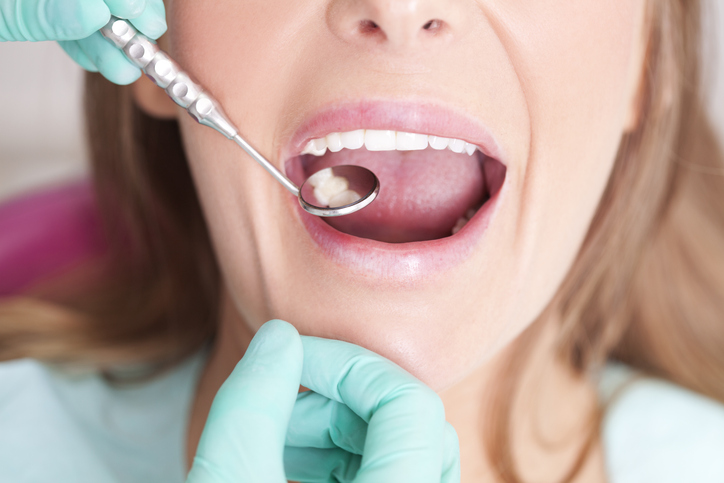
You don’t have to wait to see your dentist to determine if you have a cavity. Know the signs and get treatment as soon as possible.
Cavities are one of the most common dental problems in the U.S. The Centers for Disease Control and Prevention estimates that 26 percent of adults have an untreated cavity. Without treatment, cavities can lead to more severe complications, such as a root canal or even the loss of a tooth.
Like most people, you probably learn you have a cavity when you see your dentist for your twice-yearly visits. But you don’t have to wait for a dental appointment to be diagnosed with a cavity. Learn how to notice unmistakable signs a cavity is forming so you can get it treated as soon as possible.
Five signs you have a cavity
When you consume sugary and starchy foods, the bacteria in your mouth produces a sticky substance known as plaque. The bacteria in plaque then creates an acid that erodes the tooth’s hard outer layer of enamel. Over time, the acid wears down the enamel and may reach the next layer, known as dentin. As the acid continues to burrow into the dentin, a cavity forms.
Delaying treatment allows the decay to worsen. To stop the decay and save the tooth, call your dentist when you notice these five signs of cavities:
Pain. A toothache is typically the first symptom of a cavity. It can be either a persistent, dull ache, or a sudden jolt when you bite down on food.
Sensitivity to hot and cold. The tooth’s dentin protects its nerves. As the decay tunnels into the dentin, your tooth becomes more sensitive to hot and cold temperatures.
Sensitivity to sweets. For the same reason you feel sensitivity after eating hot or cold foods, your teeth will have lingering pain after drinking sugary liquids or eating sweets.
Discolorations. As the cavity develops, the color of your tooth may change. It may start as a white stain on the tooth’s surface and then progress to brown or black as the decay spreads.
A hole in the tooth. The decay eventually creates a hole or pit in the tooth. The hole may be visible, or you can feel it when you rub your tongue over the tooth. However, a pit between the teeth is harder to spot and may only be seen by your dentist with an X-ray. If you see a hole in your tooth, contact your dentist immediately, as a filling may be necessary.
Preventing cavities
No one wants to go through the pain of a cavity and the inconvenience of getting it filled! The good news is that cavities are preventable with good oral hygiene practices, such as the following:
Brushing and flossing daily. Brushing with fluoride toothpaste every day reduces plaque buildup and the decay it can cause. Flossing reaches the in-between spaces where cavities can form. You can use dental floss or a water flosser.
Limiting sweets. Since sugary foods are the main culprit in plaque and dental cavities, limit the number of sweets and sugary drinks you consume.
Drinking lots of water. If you can’t brush after a meal or snack, the next best option is to drink water. Not only does the water clear away food debris, but it also promotes saliva production, too. A well-hydrated mouth is less likely to have cavities.
Using anti-cavity toothpaste and mouthwash. If you are cavity-prone, ask your dentist for special products with a high-fluoride content to prevent decay.
Seeing your dentist regularly. Staying alert to the signs of a cavity is one way to get immediate treatment. The other way is by having your dentist examine your teeth regularly for decay you may not spot or feel. The sooner you start treatment, the healthier your teeth will be.
Do you have a cavity?
Schedule an appointment at Espire’s Mission Valley, California, location today! Our highly trained dentists can check your teeth for cavities and start treatment immediately. Don’t live near our Mission Valley office? Find one of our other locations near you.
Mission Valley, CA
8989 Rio San Diego Drive
Suite 170
San Diego, CA 92108
